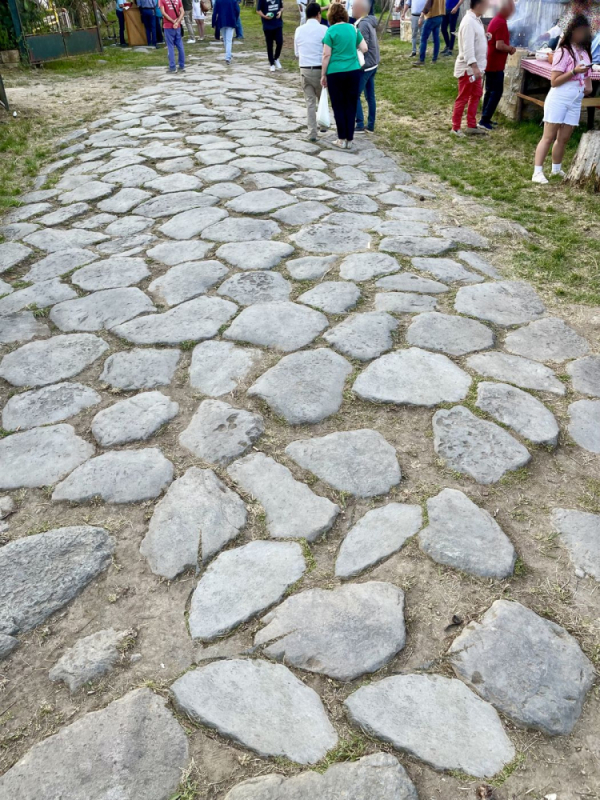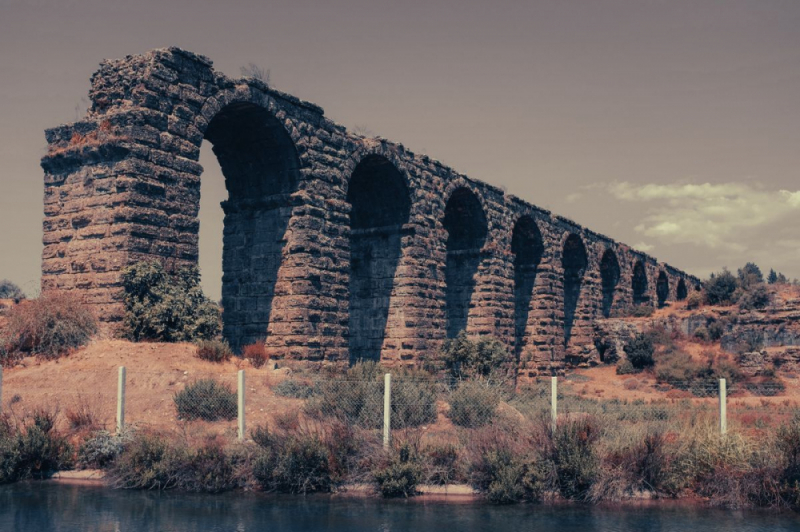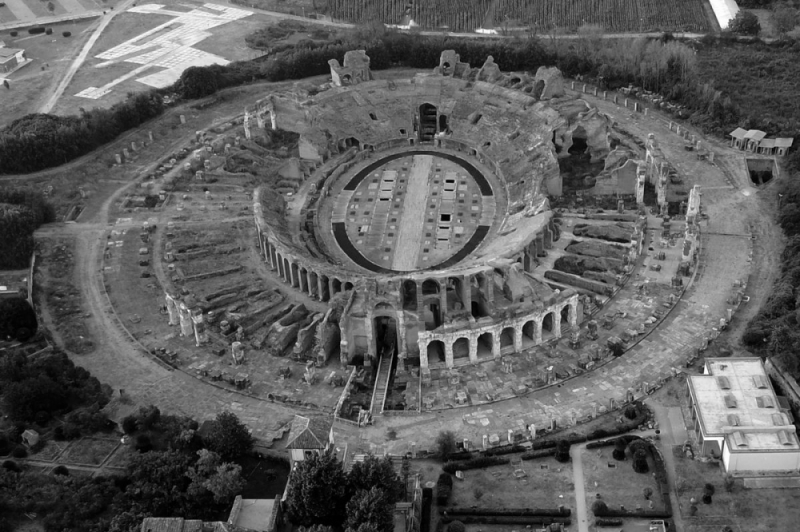The Appian Way: A Universal Symbol of Innovation and Culture
The Appian Way, known as the "Queen of the Roads," was officially inscribed on the UNESCO World Heritage List during the 46th session of the World Heritage Committee, held in New Delhi on July 27. This historic recognition is not only a tribute to the extraordinary importance of the Appian Way, but also a significant milestone for Italy, which now has 60 sites included in the prestigious UNESCO list. This achievement is the fruit of an unprecedented collaboration between the Ministry of Culture, various regions, cities and local communities.
The Appian Way, built in 312 BC to connect Rome to Capua, is a masterpiece of Roman engineering and a universal symbol of innovation. Designed by the censor Appius Claudius Caecus, this road was initially conceived for military purposes, but soon became a vital artery for trade and culture in the Roman world. Later extended to Brindisi, the Appian Way not only connected the main centers of the Empire, but also represented a model for all future Roman roads, contributing to cultural unification and the spread of urban civilization.
The original layout of the Appian Way, featuring bridges, viaducts and tunnels that were cutting-edge for their time, has stood the test of time, remaining an example of extraordinary engineering. The route is still celebrated today for its linearity and its ability to easily traverse difficult terrain, such as marshes and mountains. Roman construction techniques, including the use of basalt for the road surface and the innovative drainage system, have allowed the Appian Way to remain passable in all weather conditions.
A Heritage That Tells the Story of an Empire
The importance of the Appian Way lies not only in its function of connecting different cities of the Roman Empire, but also in its role as a cultural and commercial crossroads. Armies, merchants, ideas and religions moved along this road, transforming the Appian Way into a symbol of exchange and integration between different cultures. This public road, which can be traveled for free, was the fulcrum of a road system that allowed the expansion and consolidation of the Roman Empire, profoundly influencing the way in which ancient societies conceived of transport and urban organization.
Today, the Appian Way is recognized as an exceptional example of a building typology and architectural ensemble that illustrates a significant phase in human history. The first 12 miles of the road, adorned with famous and immortal monuments, have been celebrated by artists, poets and travellers over the centuries, cementing the Appian Way's reputation as one of the most famous roads in the world.
A Cultural Heritage of Inestimable Value
The inclusion of the Appian Way in the UNESCO World Heritage List is not only a recognition of its unique characteristics, but also of its crucial role in the spread of Roman civilization and the cultural unification of a vast empire. The Appian Way was the model for all the great roads of the empire, representing an exceptional testimony to a civilization that shaped the modern world.
This extraordinary road not only facilitated communication and trade, but also inspired generations of artists, writers and poets, becoming an immortal symbol of human culture and ingenuity. The first 12 miles of the Appian Way, dotted with iconic monuments, have been celebrated throughout the centuries as one of the most fascinating and historically rich stretches.
UNESCO Recognizes the Value of the Appian Way: An Italian and World Treasure
The inscription of the Appian Way on the UNESCO World Heritage List is not only a recognition of its exceptional historical and cultural importance, but also a tribute to the crucial role that this road played in connecting the East and the West, profoundly influencing the course of history. The site includes not only the road layout, but also a vast array of artifacts and structures that testify to the importance of the Appian Way for the viability and development of Roman cities.
This recognition reinforces Italy's primacy in the World Heritage List, emphasizing the richness and diversity of the country's cultural heritage. As the Minister of Culture, Gennaro Sangiuliano, stated, "The 'Via Appia. Regina Viarum' is now a world heritage site. It is a recognition of the value of our history and our identity, from which a valorization can arise that can bring economic benefits to the territories involved."
The Appian Way is not just a monument of the past, but a road that continues to inspire and connect people, just as it did over 2,000 years ago. Thanks to its inscription on the UNESCO World Heritage List, this legendary road finally receives the recognition it deserves as a symbol of universal cultural heritage. Its thousand-year history is a testament to the power of human ingenuity and the ability to create lasting connections between peoples and cultures.
You can book a visit with an Expert Guide on MeTour.it at the following link: https://www.metour.it/en/book-and-go/experiences-and-tours/guided-tours/tour-of-the-via-appia-antica-on-the-via-dei-romani-between-rome-and-naples








